Chimineas are a fantastic way to bring warmth and charm to your outdoor space. They create a cozy atmosphere for gatherings with friends and family, making chilly evenings much more enjoyable. Plus, they come in various styles and materials, so you can easily find one that matches your vibe.
Chimineas
Discover the perfect outdoor heating solution that enhances your backyard ambiance and creates lasting memories
Product List
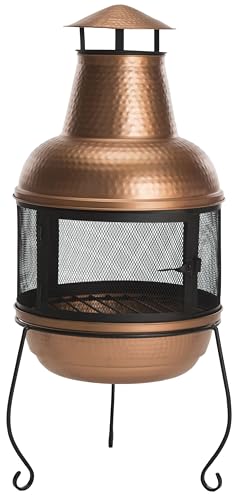
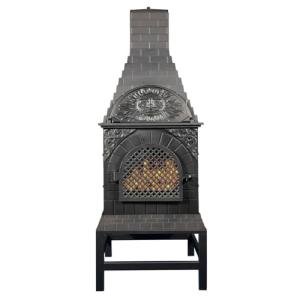
Blue Rooster Chiminea Firepit
The Blue Rooster
Product Review Score
4.91 out of 5 stars
39 reviews$989.00 $889.00
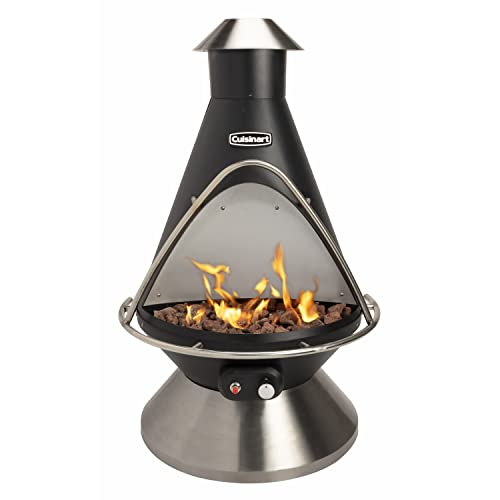

Blue Rooster Outdoor Chiminea
The Blue Rooster
Product Review Score
4.92 out of 5 stars
24 reviews$589.00 $489.00
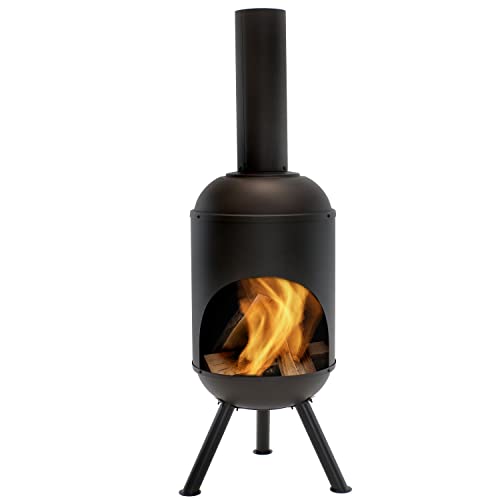
5-Foot Black Steel Chiminea
Sunnydaze
Product Review Score
4.31 out of 5 stars
45 reviews$248.99 $199.00

Sunnydaze 49" Black Steel Chiminea
Sunnydaze
Product Review Score
4.93 out of 5 stars
189 reviews$179.00
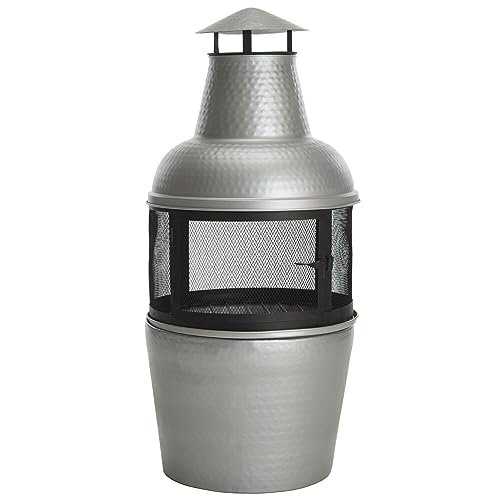
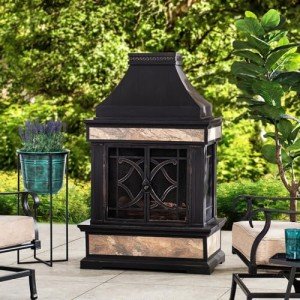
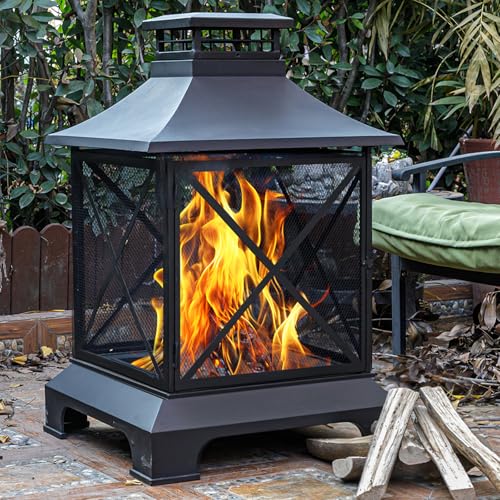

Blue Rooster Cast Aluminum Chiminea
The Blue Rooster
Product Review Score
4.42 out of 5 stars
189 reviews$689.00
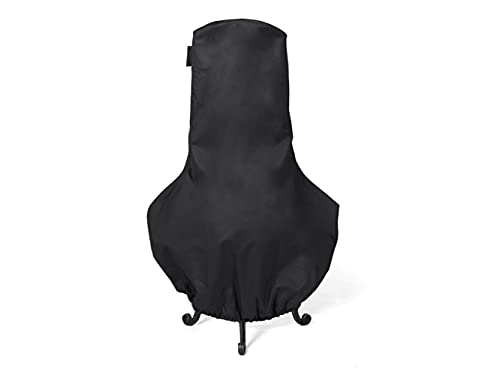
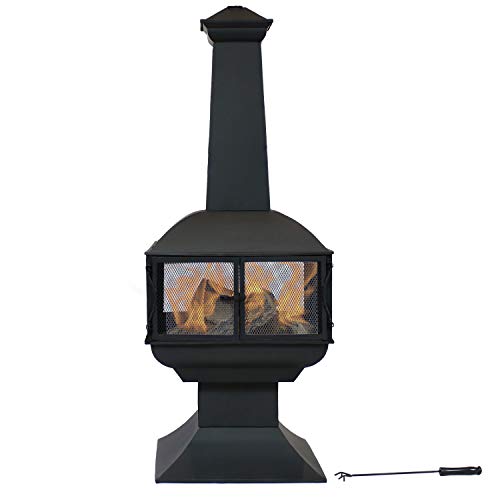
Chimineas have become increasingly popular in outdoor living areas, enhancing both warmth and ambiance while providing a stunning focal point for gatherings. These beautifully crafted outdoor fireplaces bring a unique blend of style and functionality to gardens, patios, and backyards. This guide delves into the history, types, benefits, and maintenance of chimineas, as well as answers to frequently asked questions.
Understanding Chimineas
What is a Chiminea?
A chiminea is a freestanding, outdoor fireplace with a rounded body and a chimney at the top. These structures are often made from clay, metal, or ceramic materials, each imparting a different aesthetic and functional characteristic. Traditionally used in regions of Mexico, chimineas are now a favorite in many home gardens around the globe.
A Brief History of Chimineas
The origins of chimineas date back to the early 18th century in Mexico, where they were primarily used for cooking and heating. Their distinctive design, featuring a wide belly and a narrow chimney, was intended to optimize airflow for better combustion of wood and to project heat in a focused direction. Over time, as the popularity of outdoor living grew, these structures evolved into decorative pieces that enhance outdoor environments while retaining their functional roles.
| Era | Location | Purpose |
|---|---|---|
| 18th Century | Mexico | Cooking and heating |
| 19th Century | Europe | Decorative garden elements |
| 21st Century | Global | Outdoor heating and social gatherings |
Types of Chimineas
Chimineas come in a variety of designs and materials, each serving different preferences and needs. Below is a table summarizing the most common types of chimineas:
| Type | Material | Characteristics |
|---|---|---|
| Clay | Clay | Traditional look, excellent heat retention, and affordable. |
| Cast Iron | Metal | Durable, rust-resistant, great for modern aesthetics. |
| Aluminum | Metal | Lightweight, portable, and typically less expensive. |
| Ceramic | Ceramic | Decorative with intricate designs, typically used for ambiance. |
| Stone | Stone | Heavy and sturdy, provides classic rustic charm. |
Benefits of Owning a Chiminea
Investing in a chiminea has numerous advantages, making it a valuable addition to any outdoor setting. Here is a list of key benefits:
-
Heat Output: Chimineas are designed to provide substantial heat, making outdoor gatherings comfortable even in cooler weather.
-
Aesthetic Appeal: With various designs and materials available, a chiminea can enhance the visual appeal of any outdoor space.
-
Versatile Functionality: While primarily used for warmth, many chimineas can also be used for cooking or as a decorative focal point.
-
Environmentally Friendly: Chimineas usually burn wood, providing a more environmentally friendly heating option compared to conventional gas heaters.
-
Easy to Maintain: Most chimineas require minimal maintenance, especially metal variants that can be easily wiped down.
-
Social Centerpiece: A chiminea creates an inviting atmosphere around which family and friends can gather, encouraging conversation and connection.
Choosing the Right Chiminea
Selecting the right chiminea depends on several factors, including material, design, and size. Here are some considerations to keep in mind:
1. Location
Choose a spot that is level, free from overhanging branches, and away from flammable materials to ensure safety and optimal performance.
2. Material
Clay chimineas retain heat well but can crack in freezing temperatures. Metal models, while often durable, can get hot to the touch.
3. Size
Consider how much space is available in your outdoor area. A large chiminea might overpower a small garden, while a tiny one may not heat a larger space efficiently.
4. Style
Select a chiminea that complements your existing outdoor decor. A modern metal chiminea may suit a contemporary setting, while a rustic clay model could enhance a traditional garden.
Maintenance Tips for Chimineas
Proper care will extend the life of your chiminea. Here are some maintenance tips to keep in mind:
-
Cleaning: Regularly remove ash and debris to prevent buildup, ensuring efficient combustion.
-
Protection: In areas with harsh weather, cover your chiminea when not in use or store it indoors.
-
Fuel Type: Use dry, seasoned wood to avoid excessive smoke and creosote buildup. Avoid burning treated wood or plastic, which can release harmful fumes.
-
Inspection: Regularly check for cracks, rust, or wear and tear to address potential issues before they become significant problems.
Frequently Asked Questions
1. How do I light a chiminea?
Start with dry kindling and small pieces of seasoned hardwood. Ensure proper airflow by leaving the front door or vent open when igniting the fire.
2. Can I use a chiminea for cooking?
Many chimineas can be adapted for cooking by using a grill grate or a pizza oven attachment. Ensure that you use non-toxic materials for grilling.
3. How long does a chiminea last?
The lifespan of a chiminea largely depends on the material and maintenance. Clay models may last several years with proper care, while metal varieties can last longer if protected from rust.
4. Are chimineas safe?
Chimineas are generally safe when used according to manufacturer guidelines. Always maintain a safe distance from flammable materials and supervise fires.
5. Do chimineas produce smoke?
Yes, chimineas can produce smoke, particularly if burning wet or unseasoned wood. Proper airflow and dry wood will help reduce smoke output.
Chimineas offer both aesthetic and functional benefits that can transform outdoor living spaces into inviting areas for relaxation and social gatherings. Understanding the types, maintenance, and potential uses of chimineas can help homeowners make informed choices and fully enjoy the benefits they provide. With the right chiminea, anyone can create a warm and welcoming outdoor environment that encourages connection and enjoyment, making every evening a memorable one.